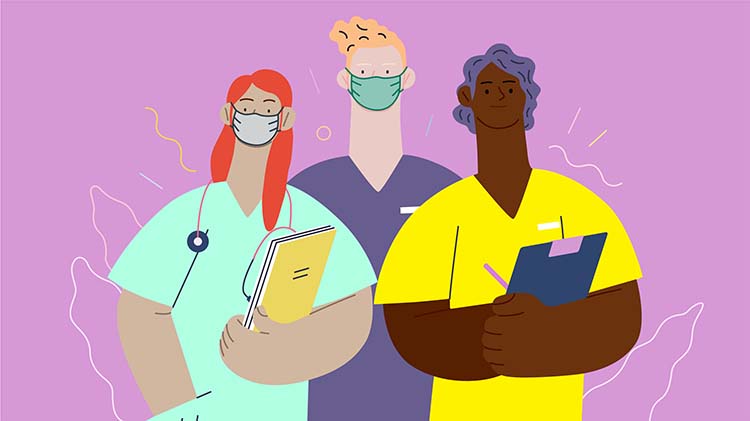Wearables and the worried well
06 Aug 2025
What are wearables?
Some WDHT devices are medical grade (e.g. blood glucose monitors) but most fall into the fitness tracker or smartwatch category. There are various price points, but even low-cost devices can monitor a range of ‘health indicators’ like heart rate, sleep quality, and oxygen saturations levels.
While there are many positive aspects to patients using WDHT, there are also potential downsides – particularly for the doctors of anxious patients.
“Doc… what does this mean?”
The ‘worried well’ has always been a challenge for doctors, but technology has heightened the level of health anxiety for many patients. Patients now have documented proof of their worst health fears, all contained in a handy app they can bring to the consultation.
Sleep anxiety is a good example of how the interpretation of sleep data captured on a phone app can lead to an exacerbation of a patient’s poor sleep. Although a lot of devices capture a vast range of health data, the data can be inaccurate or misinterpreted.
Balance is crucial
The challenge for doctors is knowing when to reassure a patient that the reading worrying them is normal, and when to investigate further. There have been cases where WDHT has led to the discovery of a serious, underlying health condition,1 so it’s not a one-size-fits-all approach to either discounting or investigating a patient’s concerns.
The accuracy of the data obtained from WDHT is variable, so it’s difficult to assess the validity (correct measurements) and reliability (consistent measurements) of your patient’s WDHT device.2
Using your clinical judgement and communicating this clearly to your patient are both paramount in striking the right balance between dismissing or over-investigating data obtained from WDHT. It’s also a good opportunity to educate patients on how to use WDHT for better effect.
It’s not all bad news
On the plus side, WDHT can be used to encourage patients to play a greater role in their own health outcomes. “Nudging”3 is where patients analyse and track their own WDHT data.This psychological strategy is intended to subtly guide individuals towards behavioural change.
The research into the use of WDHT is largely positive,4 but this technology is still relatively new. So medical practitioners should remain alert to the potential risks, as well as the known benefits, of WDHT.
References
- Mum of four saved by her smartwatch. Over60: oversixty.com.au/entertainment/technology/mum-of-four-saved-by-her-smartwatch
- Köhler C, Bartschke A, Fürstenau D, Schaaf T, Salgado-Baez E. The value of smartwatches in the health care sector for monitoring, nudging, and predicting: Viewpoint on 25 years of research. J Med Internet Res 2024;26:e58936: jmir.org/2024/1/e58936
- Ibid.
- Smartwatch interventions in healthcare: A systematic review of the literature. Int J Medical Informatics. Oct 2024; vol 190; 105560: sciencedirect.com/science/article/abs/pii/S1386505624002235
Professional boundaries in healthcare - Part 1
Boundaries with patients present in numerous ways every day and all health practitioners
11 Aug 2025
Understanding Professional Medical Indemnity Insurance
Do you understand the ins and outs of professional medical indemnity insurance?
11 Aug 2025
Professional boundaries in healthcare - Part 2
Boundaries with patients present in numerous ways every day and all health practitioners
11 Aug 2025
Understanding changes to the Fair Work Act
What are the changes to the Fair Work Act and what is my role?
22 Jul 2025







